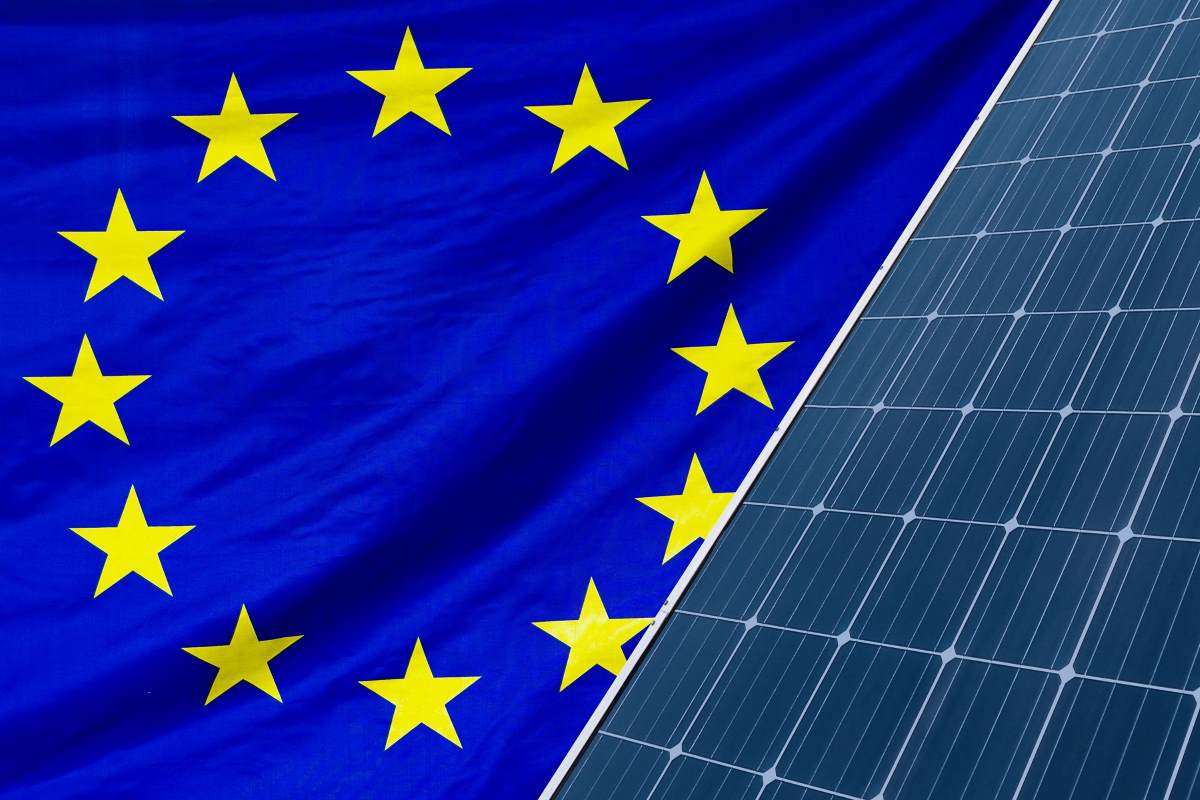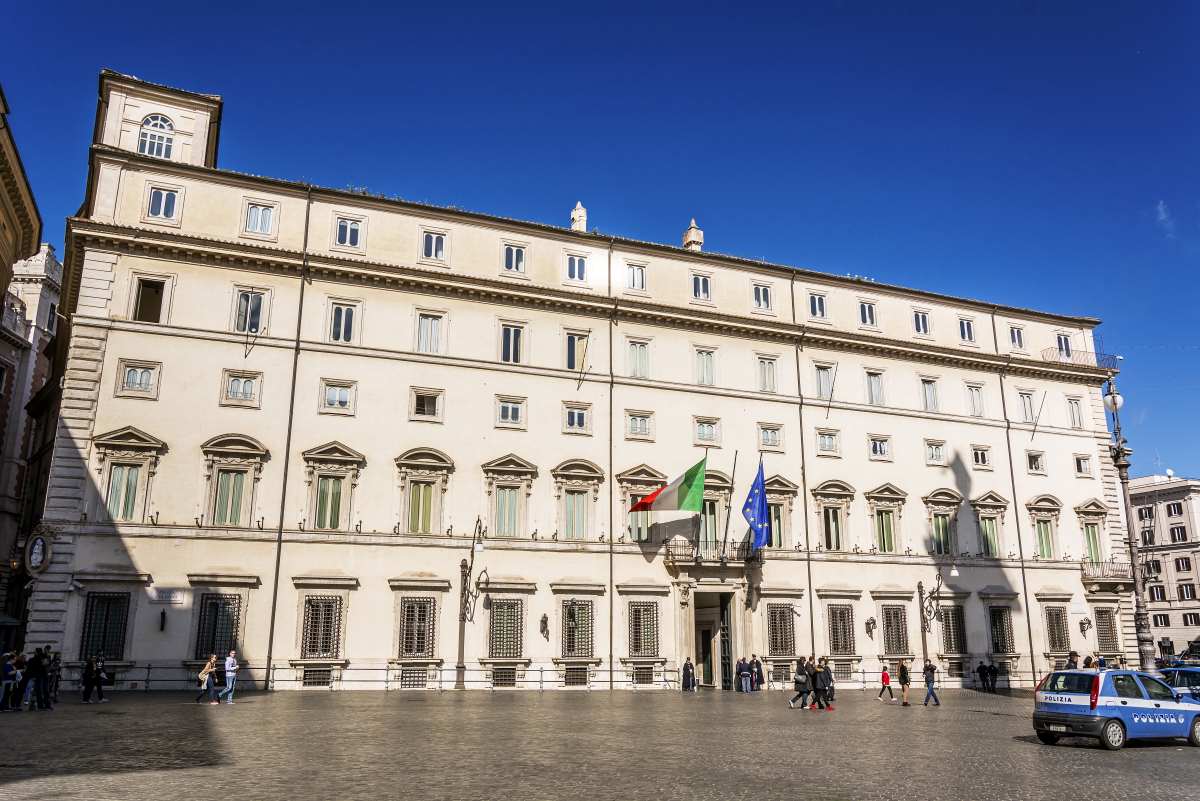Except for small plants, the Italian photovoltaic market is practically at a standstill in terms of new installations. However, there is a thriving market made up of thousands of existing plants to sell, buy, refinance or make more efficient. According to Fabrizio Barini, an analyst for the financial intermediary Intermonte, in 2013 the secondary market will outperform the primary market in volume.
“About half of the € 50 billion invested in the Italian photovoltaic market consists of assets that will be traded in the next 3-5 years,” estimated Giovanni Simoni, co-founder of Solar Dealing, an online platform dedicated to the secondary photovoltaic market.
Already in 2012 – according to the latest Irex Report from Althesys – there were acquisitions by Italian renewable energy companies worth € 2.1 billion, 33% growth year on year, which is expected to accelerate further: “After the boom, we are facing a restructuring, with an abundance of distressed companies and distressed plants,” commented Alessandro Marangoni, the CEO of Althesys.
“One of the main drivers for creating value at this stage”, explained Luca Zingale, scientific director of Solarexpo-The Innovation Cloud, the most important trade fair in Italy for the sector, “is the improvement of operating efficiency through operations and maintenance, which is becoming an increasingly central activity for many operators. In the past race to install, plants were not always constructed in a professional manner and now they are providing lower performance than forecast in the business plan.”
The role of the financial players, Marangoni noted, is thus evolving from that of pure investors to that of the optimizers and rationalisers of the industry. So, even in the secondary market, they are adopting a more industrial and less financial point of view.
Who is investing? “In recent years, there has been great growth in the role of pension funds and sovereign wealth funds, which are seeking low-risk investments; the share of funds specializing in infrastructure remains stable, while the share of utilities is declining,” explained Alessandro Grandinetti of PricewaterhouseCoopers.
Investors, he added, are targeting portfolios of 50 MW upwards. In this sense, a stimulus to the Italian secondary market could come from Solar Dealing: a new trading platform that aims to aggregate supply to meet with demand.
Italy, explained Eugenio Tranchino of Watson, Farley & Williams, is the most profitable country in terms of the secondary plant market: an investment in the acquisition of a plant yields from 12-17% compared to 5-8% in Germany.
However, regulatory uncertainty remains a major brake for the secondary market: in Italy there is a rather hostile cultural climate towards renewables and one regularly hears announcements of punitive measures, which frighten investors even though, in terms of practical consequences, so far there have been no retroactive policies, as has happened in Spain, France and Great Britain.





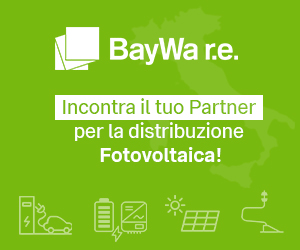





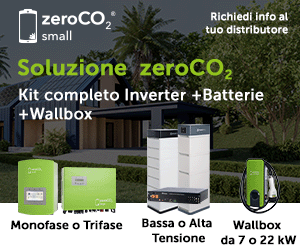


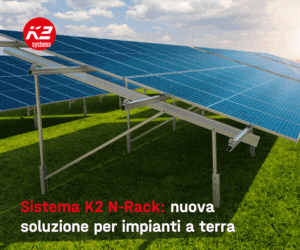
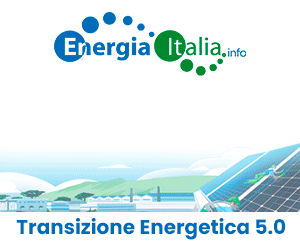








.gif)

